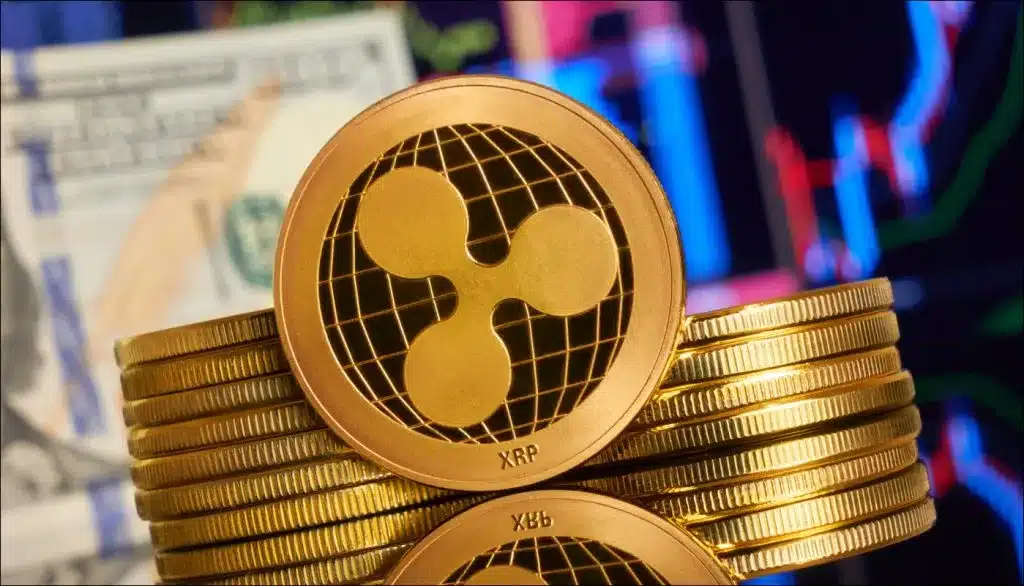XRP’s price outlook has retaken center stage after a prominent researcher, known in the community as “SMQKE,” provided documented insights into why the asset’s value may keep rising.
Drawing from verified sources, SMQKE emphasized XRP’s unique design that permanently reduces its supply over time, positioning it as a digital asset with built-in scarcity.
XRP operates without mining, as all 100 billion tokens were created at inception with no process in place to generate more. Each time a transaction takes place on the network, a tiny amount, 0.00001 XRP, is burned and won’t be used again. In all, 13.9 million XRP have been eliminated from the system since the network’s launch.
SMQKE cited sources noting that assets that are limited in supply and actively used tend to rise in value over time. This mechanism is central to XRP’s deflationary framework, as the absence of any way to replenish the burned supply means that increased network activity steadily reduces the available XRP pool.
Also Read: ‘Circle is Not for Sale’ – Ripple and Coinbase Acquisition Rumor Dashed
Expanding Functionality Supports Price Strength
Beyond supply mechanics, XRP’s real-world application plays a major role in its value proposition. The XRP Ledger allows for quick, low-cost transfers of multiple asset types, including fiat currencies, other cryptocurrencies, and tokenized assets like securities and commodities.
XRP = Deflationary ✅
Which means:
“…XRP token cannot be mined and its quantity will constantly decrease, and everything that exists in a limited amount and is actively used is becoming more expensive, therefore, with the growth of the network, the XRP price will increase… pic.twitter.com/CsJj6UK6e1
— SMQKE (@SMQKEDQG) May 26, 2025
These features position XRP as a viable bridge for global value exchange. Each transfer only takes moments to settle, and fees are kept to a bare minimum.
By contrast, Ripple’s XRP can process cross-border transactions faster and at a lower cost than systems like SWIFT, which may need as many as several days and verifications from big banks.
XRP also benefits from blockchain interoperability through integrations with platforms like Axelar, which allow it to be used across different networks. Analysts believe that by expanding on various blockchains, XRP might increase in demand as people begin using it more frequently.
Supply Burn Is Not Enough Without Strong Utility
While XRP’s deflationary nature creates a built-in advantage, that factor alone will not drive sustained price growth. The pace of token burning is gradual. Without consistent and expanding demand, the effect of reduced supply is likely to remain minimal in the short term.
What makes XRP more appealing is that it is deflationary and is being used more widely in international payments. Financial institutions and platforms are increasingly looking for faster and cheaper alternatives to legacy systems.
Although XRP has an advantage in transferring different kinds of assets fast on various chains, it needs real-world use to show these virtues in its price.
Its long-term utility will rely on how well it is used and how rapidly its adoption expands. Being scarce due to deflation does not mean XRP will increase in value.
Conclusion
The expert analysis presented by SMQKE outlines clear reasons why XRP’s price could continue rising. With its total supply in constant decline and its role in digital payments expanding, XRP has structural and functional strengths that support long-term value.
However, demand growth remains the key factor that will determine the scale and pace of any future price increase.
Also Read: Michael Saylor Sparks Outrage After Rejecting Bitcoin Proof of Reserves
